Best Time for Storm Restorations
Storm restorations are most effective when performed promptly after a storm event to mitigate damage and prevent further deterioration. The optimal time depends on weather patterns, local climate, and the severity of recent storms. Typically, late summer and early fall are considered ideal periods for storm-related repairs due to the frequency of storms and moderate weather conditions.
Conducting inspections immediately after storms helps identify damage early, reducing repair costs and preventing secondary issues.
Late summer and early fall often see a higher incidence of storms, making them prime times for storm restorations.
Performing restorations before winter ensures structures are protected before harsh weather conditions begin.
Scheduling restorations ahead of peak storm periods can minimize disruption and ensure readiness.

Ways to make Storm Restorations work in tight or awkward layouts.

Popular materials for Storm Restorations and why they hold up over time.
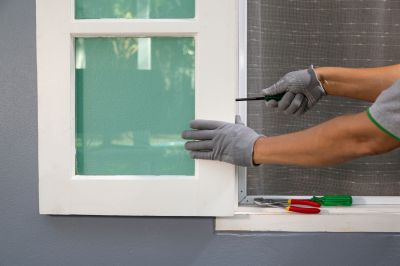
Simple add-ons that improve Storm Restorations without blowing the budget.

High-end options that actually feel worth it for Storm Restorations.

Finishes and colors that play nicely with Storm Restorations.
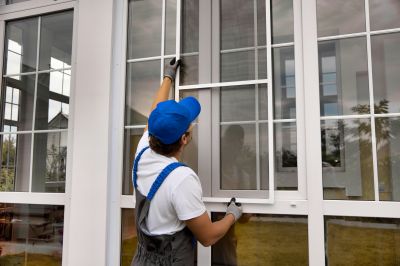
Little measurements that prevent headaches on Storm Restorations day.
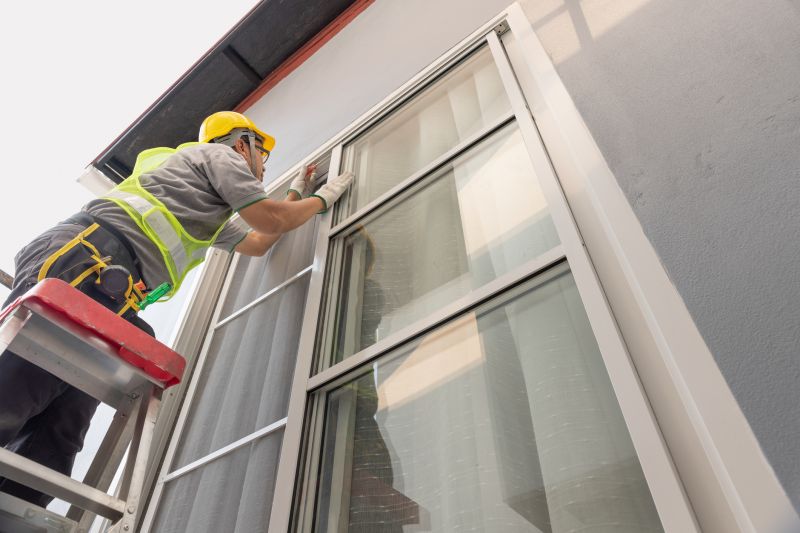
A 60-second routine that keeps Storm Restorations looking new.

A frequent mistake in Storm Restorations and how to dodge it.

Small tweaks to make Storm Restorations safer and easier to use.
| Storm Season | Optimal Restoration Period |
|---|---|
| Spring | Late spring to early summer |
| Summer | Mid to late summer |
| Fall | Early fall |
| Winter | Before winter storms begin |
| Peak Storm Months | June to September |
Storm restorations involve repairing damage caused by severe weather events such as high winds, hail, and heavy rain. These repairs are crucial for maintaining structural integrity, preventing further damage, and ensuring safety. Timely restoration can reduce long-term costs and restore property value. Proper assessment, planning, and execution are vital components of effective storm restoration processes.
Statistics indicate that storm-related damages account for a significant portion of property repairs annually. Prompt action minimizes exposure to weather elements, reduces the risk of mold growth, and prevents secondary issues like water intrusion. Restorations performed during optimal weather conditions also enhance safety for workers and occupants, leading to more durable and lasting repairs.
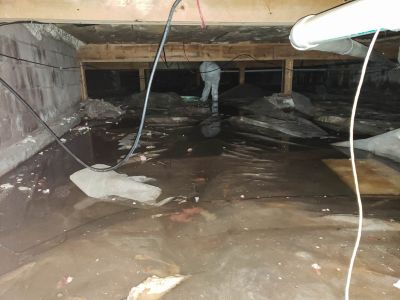
Lower-waste or water-saving choices for Storm Restorations.

The short, realistic tool list for quality Storm Restorations.

Rough timing from prep to clean-up for Storm Restorations.
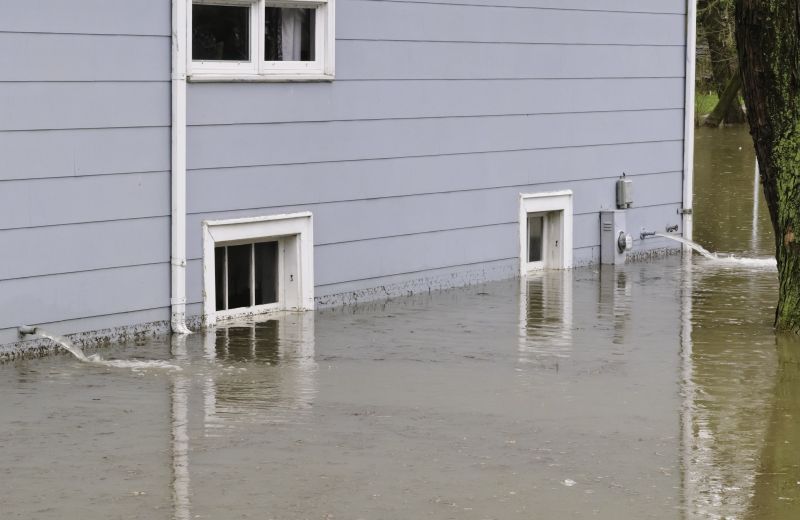
Quick checks and paperwork to keep after Storm Restorations.
Individuals interested in storm restorations are encouraged to contact for further information and assessment. Prompt action ensures property protection and minimizes repair costs. Filling out the contact form can initiate the process of scheduling inspections and planning effective restoration strategies.
